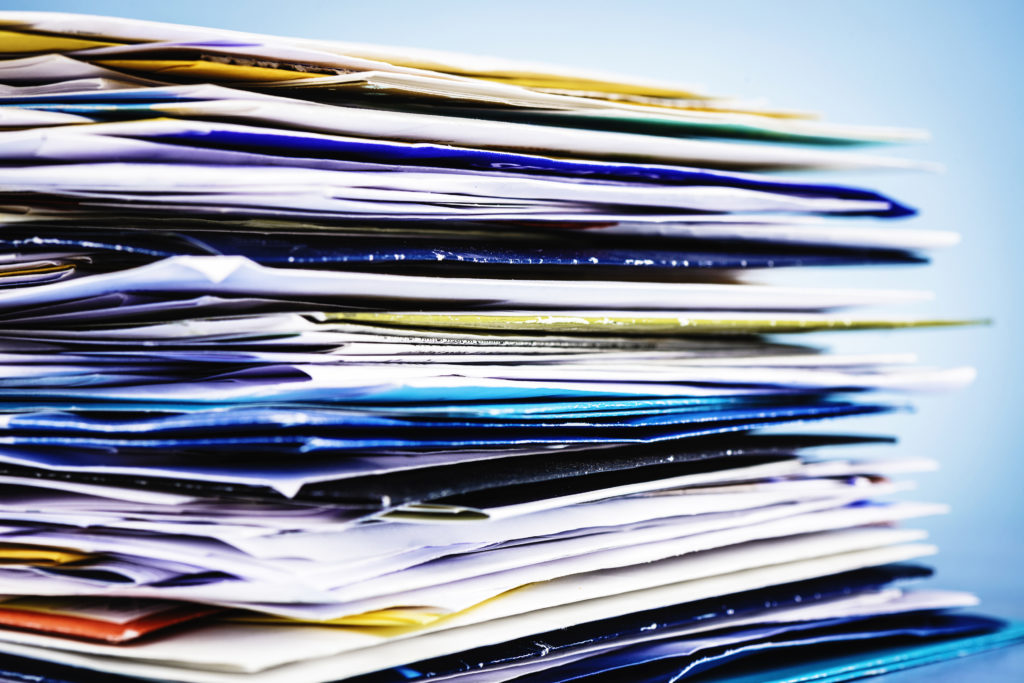Maybe they wanted a job printed on a synthetic paper. Maybe it was a unique project printed on cork. Perhaps they wanted a job done on glass. And these are just a few of the vast — and growing — types of specialty substrates becoming ever more popular.
But what is driving that demand? And why should you consider going beyond paper when it comes to the substrates and finishes you offer your customers?
A Growing Appetite for Differentiation
Perhaps the single biggest driving factor of specialty substrates as a category is the need for every brand, no matter what product or service they offer, to stand out from the crowd. Customers are increasingly more discerning when it comes to who they choose to give their dollars to, so brands are having to do more to catch — and hold — their attention.
The result is increasingly a desire for substrates that look and feel different from the competition, alongside finishing techniques that can help take a piece from interesting to extraordinary — the type of piece that will make someone stop and pay attention, rather than just keep on walking.
While applications such as direct mail and marketing are certainly seeing this rise, packaging is seeing a massive interest in this space — plain paperboard just isn’t going to cut it for a brand that wants to jump off the shelf. Everything from interesting cuts to intricate foil, to unusual coatings, to just plain different materials are all being experimented with, and commercial printers who come to the table with knowledge of how these substrates and techniques work — and with ideas on how a brand can use them most effectively — are going to find far more opportunities in the long term.
Another reason specialty substrates are growing in demand is the increasing spotlight many consumers are placing on environmental concerns. Traditional papers and processes are being seen as less “green,” so brands are looking for alternatives that can satisfy that appetite for sustainable packaging and products, while still looking great.
Specialty substrates are gaining in popularity for a few reasons:
1. A cheaper way to get that “smooth” feeling. Lamination has traditionally been the only way to get a final product that is smooth and glossy, but today’s synthetic papers can offer an alternative that not only doesn’t require that extra step but is also more environmentally friendly.
2. It is water resistant. Paper, no matter how high-end or beautiful, is going to disintegrate when it gets wet. For any application that might get even a little damp, synthetic and other specialty substrates offer an alternative that will hold up to the environment without missing a beat.
3. It is tear-resistant. Water isn’t the only thing that can damage paper — it is easy to tear and ruin an entire application with a single wrong move. Synthetics are often more durable and can stand up to much more wear before they tear.
4. It can be printed on a variety of equipment. While in the past, digital presses only had a limited range of substrates, today’s manufacturers have qualified a wide range of substrate types for every possible application — and that list is always growing. Combined with the unique benefits digital can bring to both the print and finishing operations, specialty substrates can offer a truly unique result.

DENISE GUSTAVSON
Guest Blogger
NAPCO Media




